Archives
- 2025-10
- 2025-09
- 2025-03
- 2025-02
- 2025-01
- 2024-12
- 2024-11
- 2024-10
- 2024-09
- 2024-08
- 2024-07
- 2024-06
- 2024-05
- 2024-04
- 2024-03
- 2024-02
- 2024-01
- 2023-12
- 2023-11
- 2023-10
- 2023-09
- 2023-08
- 2023-07
- 2023-06
- 2023-05
- 2023-04
- 2023-03
- 2023-02
- 2023-01
- 2022-12
- 2022-11
- 2022-10
- 2022-09
- 2022-08
- 2022-07
- 2022-06
- 2022-05
- 2022-04
- 2022-03
- 2022-02
- 2022-01
- 2021-12
- 2021-11
- 2021-10
- 2021-09
- 2021-08
- 2021-07
- 2021-06
- 2021-05
- 2021-04
- 2021-03
- 2021-02
- 2021-01
- 2020-12
- 2020-11
- 2020-10
- 2020-09
- 2020-08
- 2020-07
- 2020-06
- 2020-05
- 2020-04
- 2020-03
- 2020-02
- 2020-01
- 2019-12
- 2019-11
- 2019-10
- 2019-09
- 2019-08
- 2019-07
- 2019-06
- 2019-05
- 2019-04
- 2018-11
- 2018-10
- 2018-07
-
The basis for the protonation of
2024-02-05
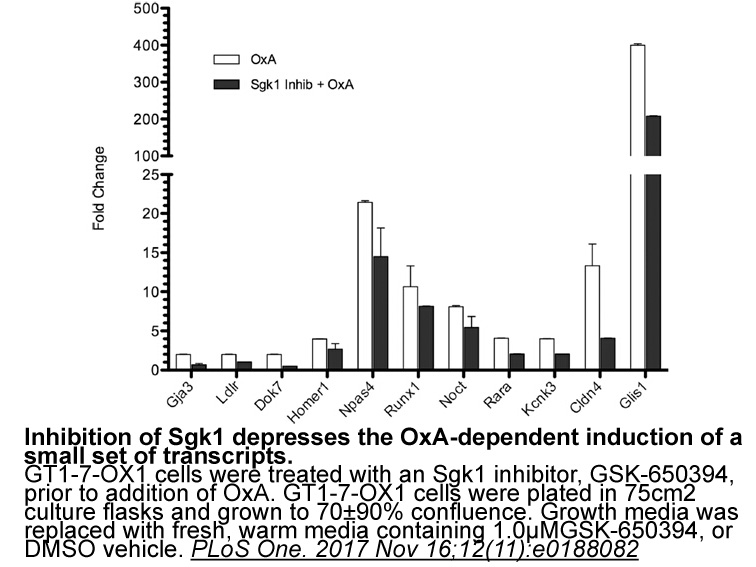
The basis for the protonation of chitosan is the alkaline primary amino group, which is also the reason for the special properties of chitosan (Guibal, Van Vooren, Dempsey, & Roussy, 2006; Tamer et al., 2017; Yang et al., 2014). Our previous work (Meng et al., 2012) and several other reports (Yan et
-
trans-AUCB receptor br Acknowledgments This work was support
2024-02-05
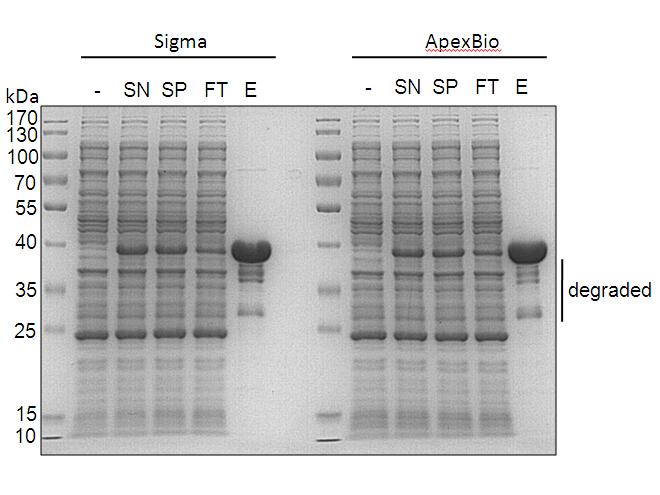
Acknowledgments This work was supported by grants from the “Agence Nationale de la Recherche” ANR-09-CESA-006 program, the Agence Nationale de Sécurité Sanitaire de l’Alimentation, de l’Environnement et du Travail (Anses, Project n° 2012-2-077) and the Interdisciplinary Program “Longévité et Viei
-
Another class of AMPK regulator is peptidyl
2024-02-05
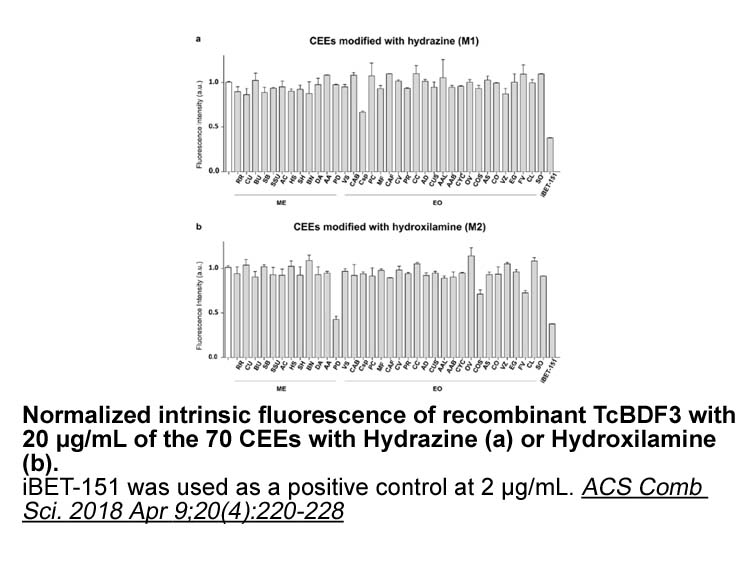
Another class of AMPK regulator is peptidyl-prolyl cis/trans isomerase (PPIase) NIMA-interacting 1 (Pin1), which binds to a number of proteins and regulates oncogenesis and metabolic diseases (Khanal et al., 2013; Zhou and Lu, 2016). Pin1 has been shown to bind to and inhibit AMPK; therefore, at lea
-
br Materials and methods br
2024-02-05
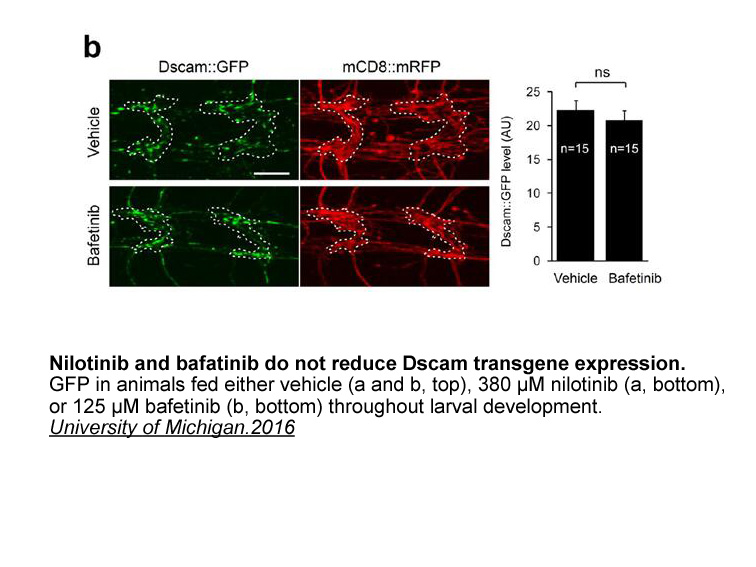
Materials and methods Results Discussion Intracellular metabolic pathways of sugar, such as glycolysis and TCA cycle, provide material and energy for the synthesis of other substances, including amino acids. Thus, the content of sugars and their metabolic pathways are important for amino PF
-
br Conflict of interest statement br Introduction Human sali
2024-02-05
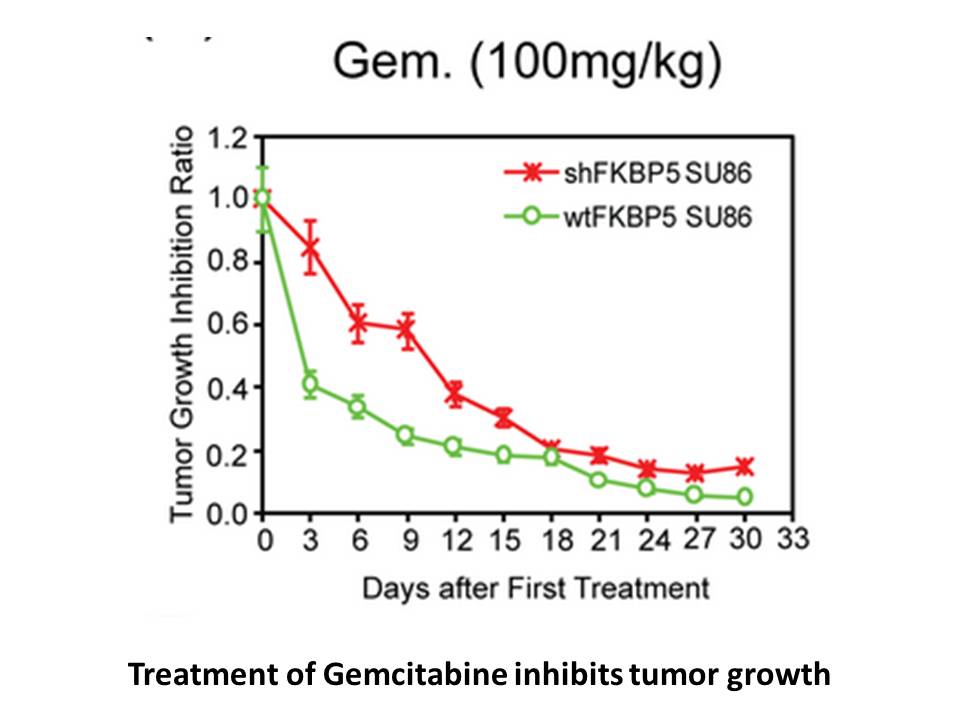
Conflict of interest statement Introduction Human saliva contains many detoxifying and antioxidant 623 like glutathione S-transferase, catalase, peroxidase, aldehyde dehydrogenase (ALDH), etc. [1]. Human salivary ALDH (hsALDH) protects individuals from toxic aldehydes contained in food as nat
-
br Introduction Myasthenia gravis MG is an autoimmune diseas
2024-02-04
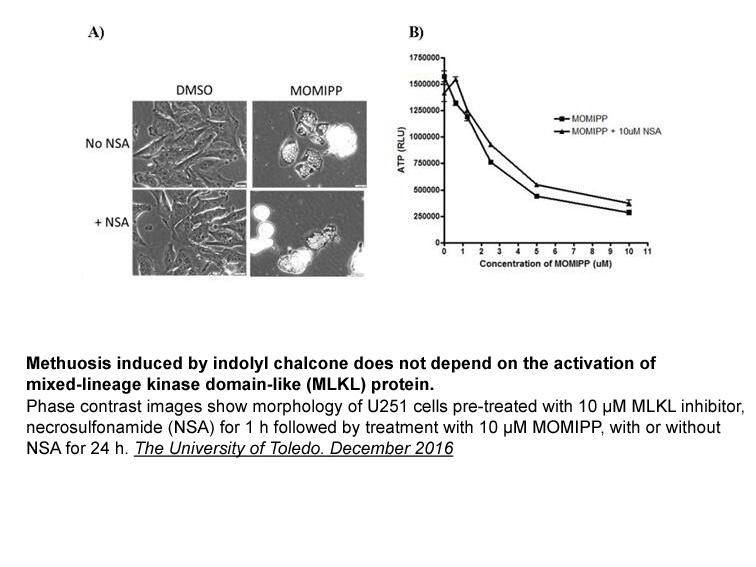
Introduction Myasthenia gravis (MG) is an autoimmune disease characterised by failure of transmission at the neuromuscular junction (NMJ). In 80–85% of myasthenia gravis patients, the disease is mediated by antibodies to the nicotinic 8-Bromo-cGMP, sodium salt receptor (AChR; (Lindstrom et al.,
-
HT modulates cortical and hippocampal
2024-02-04
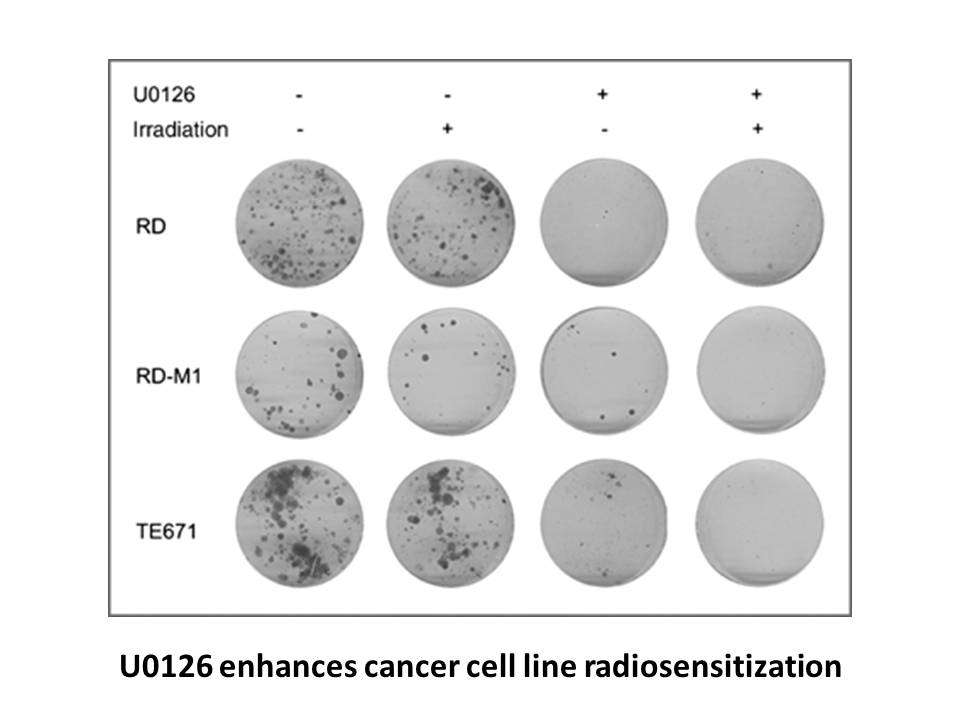
5-HT modulates cortical and hippocampal pyramidal cell function in a very complex manner, since most 5-HT receptor subtypes (excitatory as well as inhibitory) are expressed on pyramidal SC 560 receptor as well as GABAergic interneurons that exert inhibitory control over pyramidal cells (Leiser et a
-
A previous study reported that the serotonergic
2024-02-04

A previous study reported that the serotonergic mechanism was involved in the psychological stress-induced alteration in synaptic plasticity in the rat hippocampal CA1 field (Matsumoto et al., 2004). Sumitaka Inoue et al. (Inoue et al., 2014) reported that pretreatment with a 5-HT1A receptor partial
-
However cancer and fibrotic diseases are the most extensivel
2024-02-04
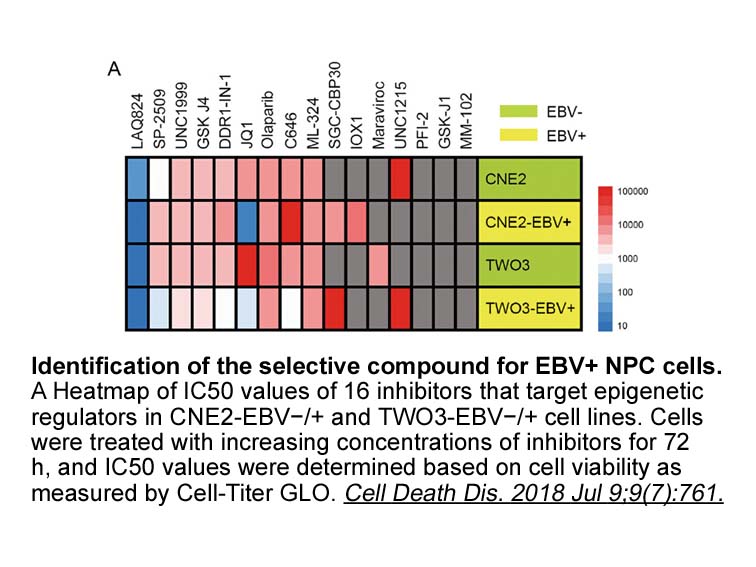
However, cancer and fibrotic diseases are the most extensively studied disease states. ATX is connected to various cancers because it can stimulate chemokinesis and chemotaxis in melanoma cells. Upregulated ATX Ch 55 sale has been reported in breast cancer,, prostate cancer, thyroid cancer, non-sm
-
Because of the formation of phosphoenzyme intermediates
2024-02-04
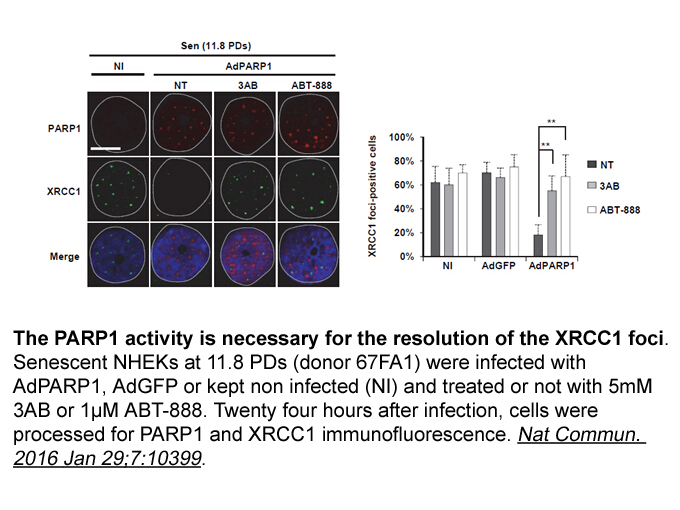
Because of the formation of phosphoenzyme intermediates, the enzymatic β-Tocotrienol of P-ATPases can be divided into steps that include a kinase activity, by which an aspartate residue on the enzyme is phosphorylated, and a phosphatase activity, by which the phosphoenzyme is dephosphorylated. Anot
-
Tumor suppressor ARF regulates the activity of p
2024-02-04
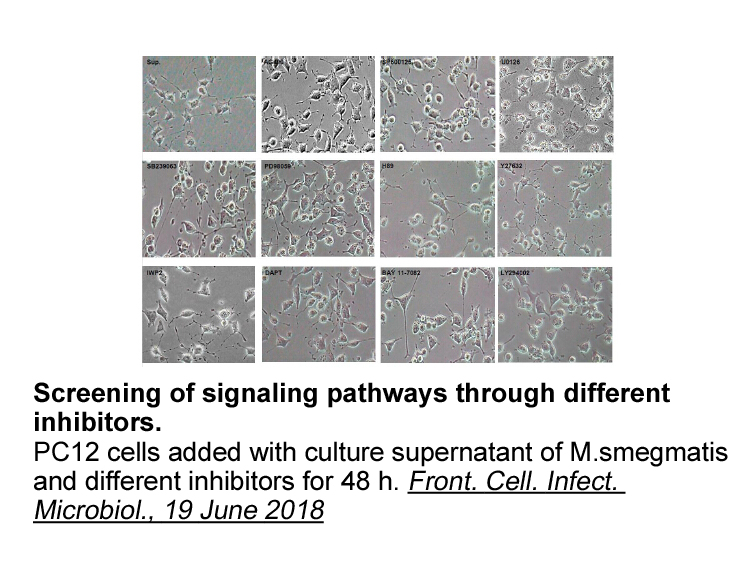
Tumor suppressor ARF regulates the activity of p53 by inhibiting the functions of Mdm2. ARF is induced by hyperproliferative signals emanating from oncogenic Ras, overexpressed c-myc, and from deregulated E2F . ARF prevents p53 degradation and leads to increased p53 function by sequestering Mdm2 to
-
Mitochondrial dysfunction resulting from mtDNA abnormalities
2024-02-04
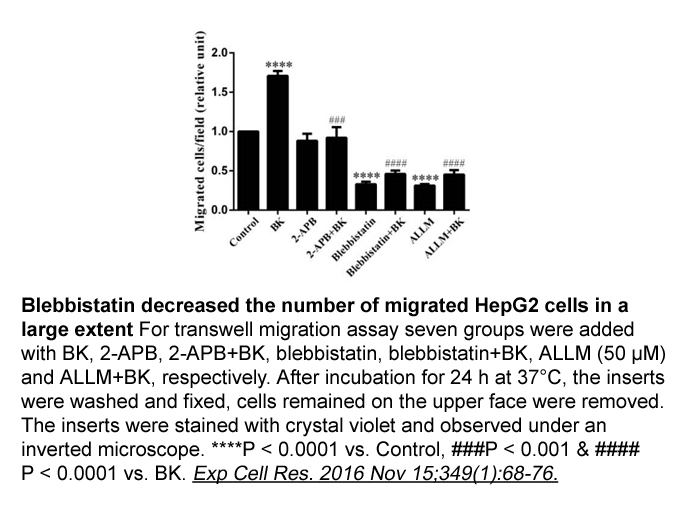
Mitochondrial dysfunction resulting from mtDNA abnormalities may trigger retrograde signaling pathways from the mitochondrion to the nucleus, which regulate the expression of genes involved in diverse cellular processes, including metabolism, stress responses, tumor progression, nutrient sensing, li
-
Consistent with the above prediction there are additional re
2024-02-04
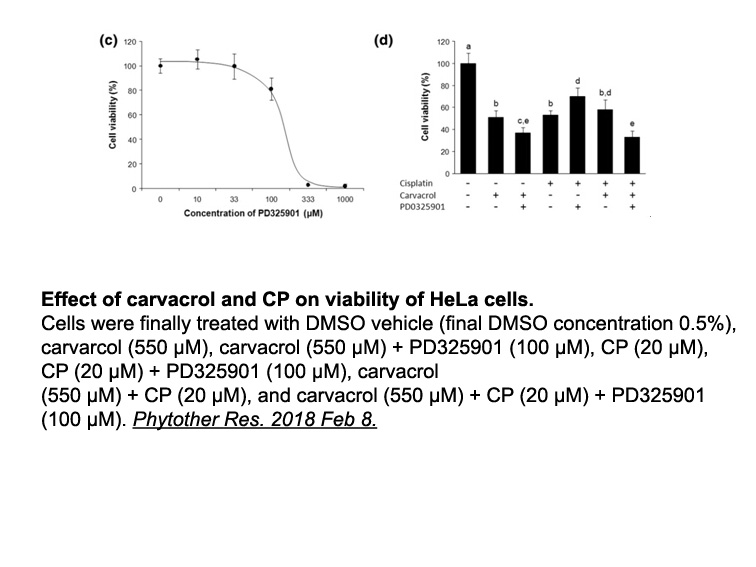
Consistent with the above prediction, there are additional reports in which HMGA proteins have been demonstrated to facilitate recruitment of chromatin remodeling complexes to gene regulatory regions containing positioned nucleosomes during the transcriptional activation process. One particularly il
-
These PrPIF are detected in untreated brain extracts
2024-02-04

These PrPIF are detected in untreated BMN673 extracts but are consistently enriched following proteinase K (PK) treatment. The biochemical characterization of pathologic PrP has been carried out in most hereditary PrP cerebral amyloidosis associated with PrP mutations and the biochemical PrP patter
-
F is an orotomide a
2024-02-04
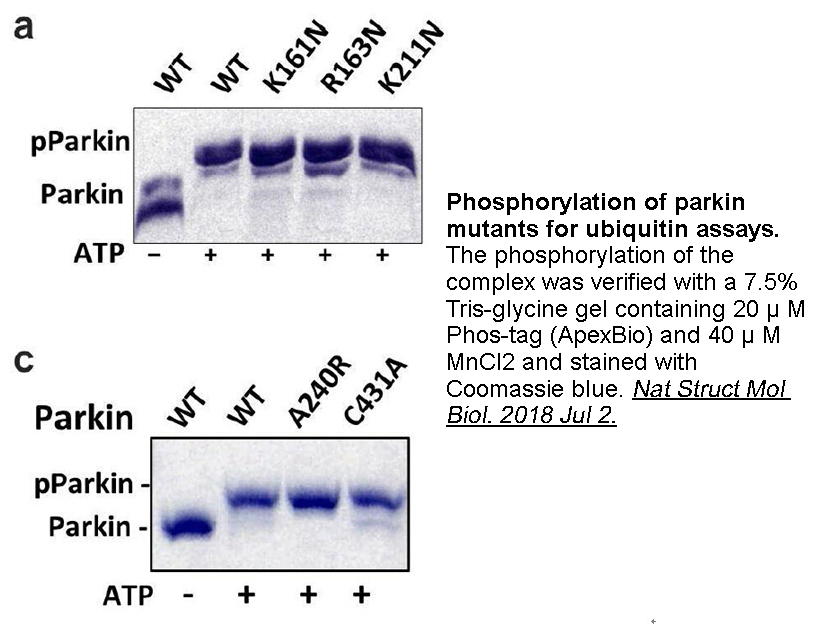
F901318 is an orotomide, a novel class of antifungals, which inhibits pyridine biosynthesis by blocking dihydroorotate dehydrogenase (URA1) activity [137]. Although this pathway is conserved in humans, human URA1 is only 20% identical to its fungal homolog and it is inhibited 2000-fold less effectiv
15837 records 192/1056 page Previous Next First page 上5页 191192193194195 下5页 Last page